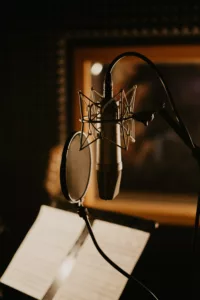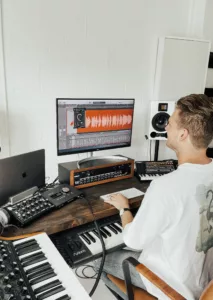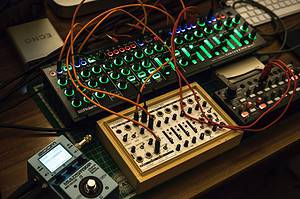Giving Musicians the Tools to Make Better Music
Analog or Digital Signal: Which is More Reliable

Hey there, sound warriors! 🎧 Ah, the never-ending debate of analog vs. digital signals. It’s like choosing between Coke and Pepsi, isn’t it? Some swear by the warmth and nostalgia of analog, while others are wooed by the crispness and convenience of digital. And just like the soda battle, people are opinionated as heck about it.
The stakes are high in this debate because the type of signal you opt for will affect every nook and cranny of your sound path. From how you record, mix, and produce your music, to even how it’s consumed—every single facet is influenced. So, pull up a seat and grab some popcorn, because today, we’re diving headlong into the nitty-gritty of what makes each signal type tick. If you’re new to this rodeo, don’t worry, I’ve got you covered. You’ll come out the other side with a PhD in “Signalology”—okay, maybe not, but you’ll definitely be more informed.
Now, if you’re scratching your head about what the heck a signal path even is, you may want to detour through our intro guide on Analog vs. Digital Audio Explained before diving into this signal smorgasbord.
Alright, let’s get into the good stuff.
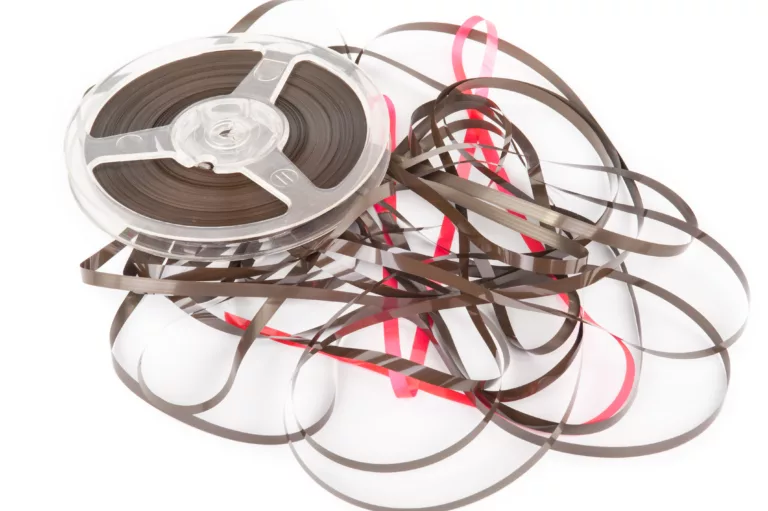
The Basics Unveiled: Analog and Digital Signals 101
What is an Analog Signal?
Ever recorded on a vinyl or, God forbid, a cassette tape? That’s analog for ya! An analog signal is like that favorite grandma’s recipe that has been passed down through generations. It’s got character, nuance, and a dash of unpredictable charm. In technical terms, an analog signal is a continuous signal that varies in time and amplitude to represent information. In more human terms, think of it as a sound wave that’s a mirror image of your actual sound. The grooves on your vinyl records? Those are analog signals, baby!
Here’s a nugget for you: analog signals are actually older than my grandma’s meatloaf recipe. Analog systems have been around for decades and can be traced back to the early days of the telephone and radio communications. You know, back when people wore bowler hats and called cars “horseless carriages.”
What is a Digital Signal?
Now, let’s move onto the slick city cousin of analog—digital signals. Digital is like fast food. It’s quick, reliable, and everywhere. In layman’s terms, a digital signal is a representation of a sequence of discrete values. Unlike analog, which is continuous, digital data is broken down into binary. Think of it as an approximation of the original sound. It’s like someone looked at the original and said, “This is too complicated, let’s simplify it.” A little less soul, perhaps, but a hell of a lot more convenient.
The Digital Age didn’t get that title for nothing. The rise of computers and smartphones have made digital signals a part of our everyday life, so much so that you’re using it right now to read this article. It’s in your MP3s, your podcasts, and even in those hilarious cat videos you secretly watch during work hours.
If you want to dive deeper into this, check out this technical article that explains the nitty-gritty differences.
Now, you might be thinking, “Mattie, get to the point, which one’s better?” Well, cowboy, it ain’t that simple. Both have their pros and cons, like Batman and Superman—different skillsets for different troubles. That’s why I recommend getting a full understanding of what you’re diving into. Want to get more context about how these signals perform in synthesizers? Swing by our blog on Analog vs Digital Synthesizers: What’s the Real Difference?
Continue to ride with me to the next section where we’ll duke it out in the ring. Gloves on, folks!
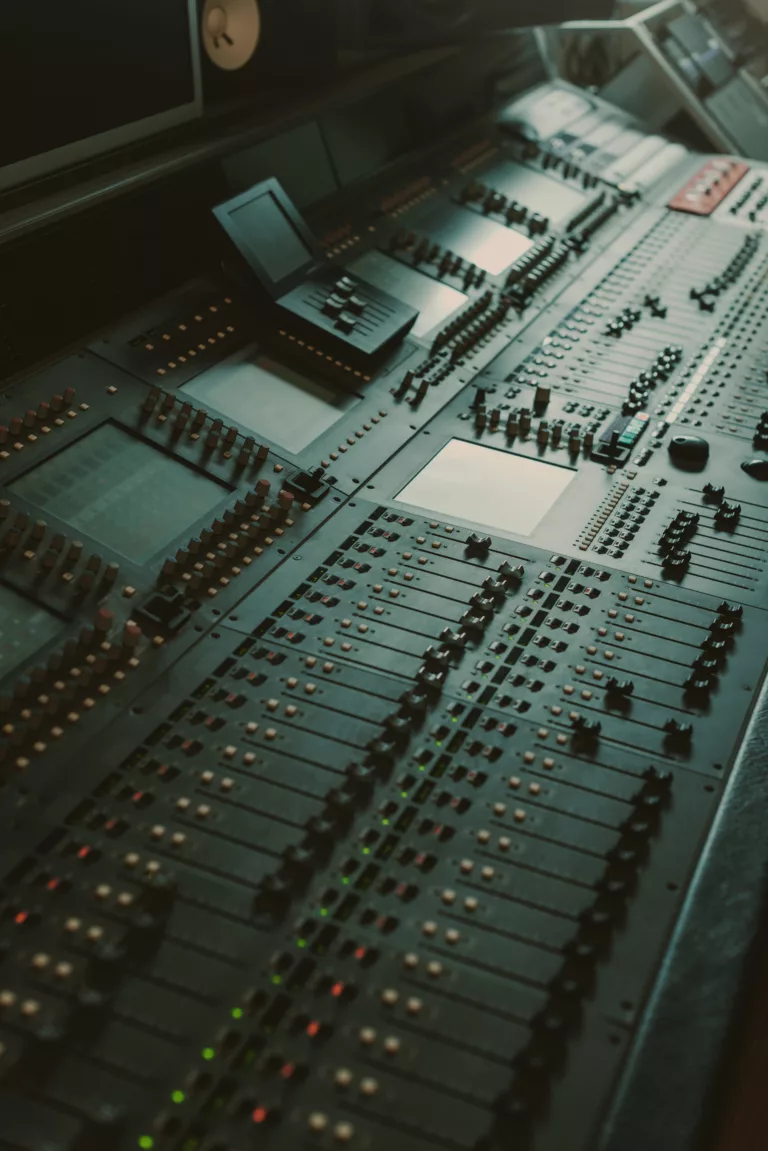
The Showdown: Pros and Cons in the Real World
Alright, you’ve got your seatbelt fastened and your popcorn ready. It’s time to pit these two against each other like Godzilla vs. King Kong. Let’s see which one roars the loudest in the actual world of audio production.
Pros of Analog Signals
Warmth and Nuance
The most ardent advocates of analog often rave about its warmth and nuance. It’s like the velvety feel of wine aged in oak barrels—rich and full-bodied. Analog signals capture the minute details of sound in a way that many believe digital can’t replicate. And believe me, purists will fight you in the streets to defend this point.
Low Latency
Analog systems are generally much faster when it comes to signal processing. Why? Because they don’t have to spend time converting the signal from one form to another. It’s like getting your morning coffee from a roadside cart instead of waiting in a 20-person queue at Starbucks.
Versatility
While digital might be king when it comes to convenience, analog can be more versatile in a creative sense. With analog systems, you can push the limits, and the rules are a little more “flexible,” to say the least. There’s a bit of magic in those unpredictable imperfections. Don’t believe me? Ask any legendary sound engineer what they prefer for specific tasks.
Cons of Analog Signals
Bulky and Expensive
Let’s face it: analog equipment isn’t slim and sexy. It’s bulky, heavy, and expensive. We’re talking about racks of equipment that’ll take up space and empty your wallet faster than a shopping spree on Black Friday.
Noise and Interference
The more complex your setup, the higher the likelihood of noise creeping into your signal. It’s the sonic equivalent of having a noisy neighbor who just won’t shut up.
Before we move to the digital side, if you’re pondering which type of mixer to use in your studio setup, do me a favor and check out our article on Analog vs. Digital Mixers: Which Should You Choose?
Alright, let’s flip the script and dive into the digital domain.
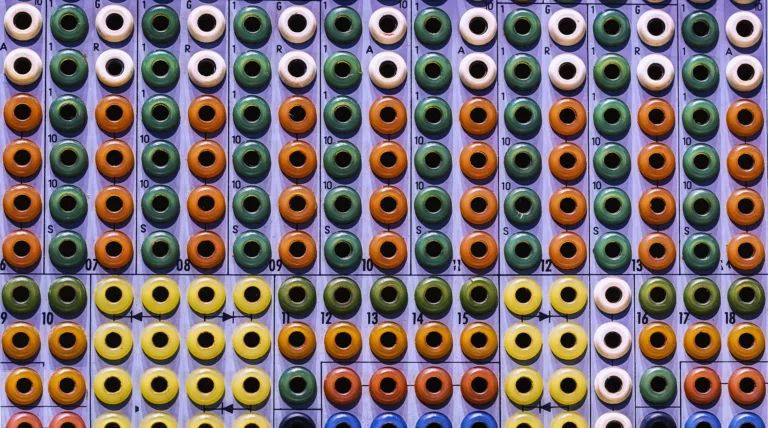
Pros of Digital Signals
Versatility
Oh, the choices digital gives you! It’s the Swiss Army knife of the audio world, coming with a multi-tool set of options for pretty much any audio scenario you can dream up. Whether it’s inserting a chain of effects, flipping between different DAWs, or syncing with other digital devices, it’s all on the table. No hassle. Your only limit is your imagination.
Cost-Efficiency
Let’s get real. We’re not all swimming in a Scrooge McDuck vault of gold. Budget matters. And digital brings high-quality sound and functionality at a fraction of the cost of a fully analog setup. You could set up a respectable home studio without having to sell your car, your house, and possibly your first-born.
Consistency
When you find that sweet spot, that perfect tone, digital allows you to save it and recall it whenever you want. It’s like your audio “save game” feature. Every time you power up, you can pick up exactly where you left off—no worries about knobs getting moved or settings drifting over time.
If you’re the type of person who loves control and predictability, give our article on Signal Quality Compared: Analog vs. Digital a quick read. Trust me; you’ll be even more convinced.
Cons of Digital Signals
Sound Quality Trade-offs
While digital gives you pristine clarity, some argue that it lacks the soulful warmth of analog. Sure, you can emulate analog warmth with plugins, but it’s kind of like comparing a photo of a sunset to actually watching the sun dip below the horizon—still beautiful, but not quite the same.
Learning Curve
It’s not always plug-and-play in the digital realm. With endless menus, options, and customizable settings, you might find yourself spiraling into a maze of complexity. It’s like trying to order a simple coffee at a high-end café and being asked about grind size, water temperature, and your preferred brewing method. I mean, c’mon!
Digital Fatigue
Yes, digital fatigue is a thing. It’s the overwhelming sense you get when staring at your DAW for too long, tweaking an endless list of parameters. It’s like binge-watching a Netflix series until your eyes blur and you forget how human interaction works.
So, as we’ve just cruised through the landscape of digital and analog signals, you’re probably itching to know: Which one is perfect for you? Well, darling, let’s delve into that next.
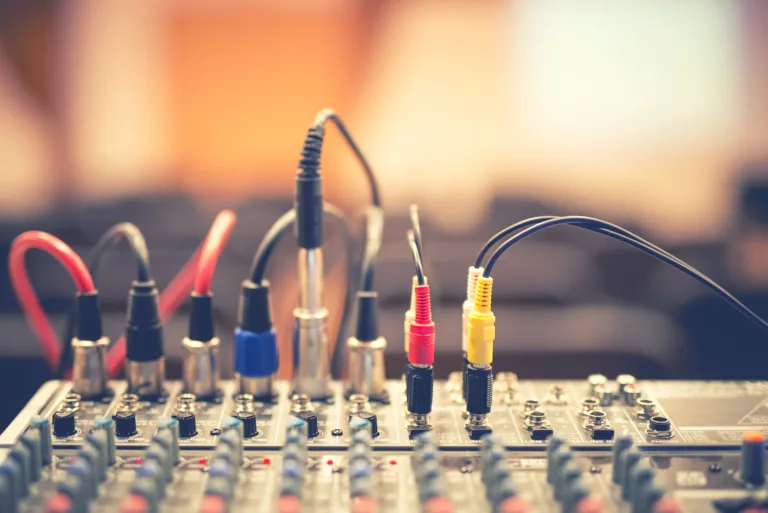
Signal Quality Face-Off
All right, folks, it’s time to face the music—quite literally! Buckle up, because we’re going to figure out who truly reigns supreme when it comes to fidelity and noise, and who can flex the hardest in a variety of situations.
Fidelity and Noise
Signal-to-Noise Ratio
Digital signals are the control freaks in the world of audio. They love precision, hate chaos, and they’ve got a pretty great signal-to-noise ratio to prove it. Analog, on the other hand, is a bit more like your granddad’s beard—warm and fuzzy but can sometimes come with extra noise. And in some musical styles, that’s actually what you want, a little grit in the sound. But if you’re more into clarity and less into fuzz, digital may have already won your heart. Check out our Signal Quality Compared: Analog vs Digital blog post to dive even deeper into this topic.
Fidelity
High fidelity or “Hi-Fi” for those too hip to waste time on syllables, refers to the faithful reproduction of sound. In this arena, many purists argue that analog is still king. Something about the warmth, the roundness, and the way analog captures and reproduces sound—it’s kind of like hugging your mom after years of being away.
Flexibility and Scalability
Studio Recordings
When it comes to studio setups, both analog and digital have their merits. Analog’s got that irreplaceable depth and complexity that so many professional studios crave, and it’s great for certain genres where “authenticity” is a selling point. But digital ain’t no slouch. With plug-ins and DAWs, you can simulate pretty much any sound environment or effect you’d like. It’s kind of like being a kid in a candy store, without the sugar rush.
Live Gigs
Here’s where the rubber hits the road, or rather, where the drumstick hits the snare. Analog is sturdy, reliable, and gives you that ‘in-the-moment’ feel. But digital? Man, it’s light, portable, and incredibly adaptable. Ever tried lugging an analog setup across town for a small gig? Yeah, not fun. Digital simplifies the process and lightens the load, both physically and mentally.
So, here’s the takeaway. You’ve got to ask yourself, “Do I want the warmth and authenticity of analog, or am I craving the clean, crisp, and adaptable nature of digital?” Once you’ve answered that, you’re on your way to audio nirvana.
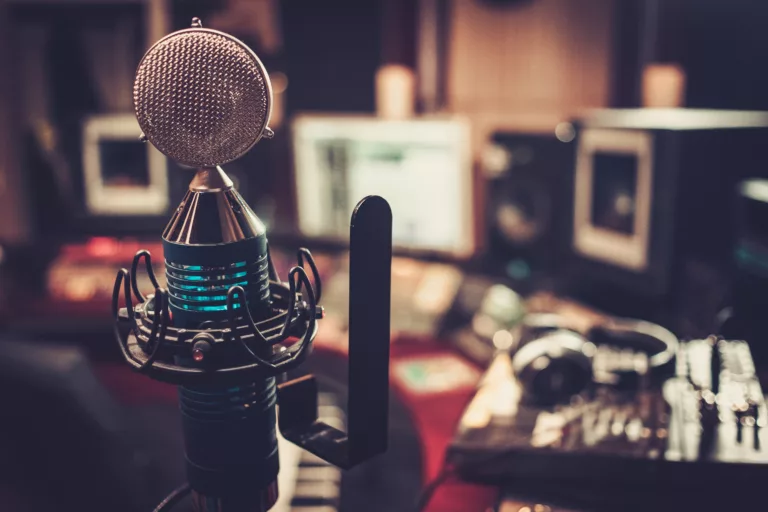
Future of Signal Technology
Ever watch a sci-fi movie and wonder, “Will we ever reach that level of technological prowess?” Spoiler alert: we’re getting close. But how are our good ol’ pals Analog and Digital faring in this futurist race? Hold on to your butts, because the next couple of decades are going to be a wild ride.
Innovations in Analog
Ah, Analog. The wise elder of the audio world. Can an old dog really learn new tricks? You bet your vintage vinyl it can. Analog has seen some solid innovation in recent years, from low-noise transistors to improved cabling solutions. We’re talking about systems that have the analog “soul” but with a sprinkle of 21st-century magic. For example, ribbon microphones are experiencing a resurgence. They are being modified to pick up higher frequencies and withstand higher sound pressure levels. It’s like rejuvenating a classic car with a new engine; the beauty of the past meets the technology of the present. If you want to delve deeper, check out our blog post on Analog vs Digital Oscilloscopes: Which Is Best for Your Lab?
Innovations in Digital
Now, let’s talk about the tech-savvy teenager, Digital. This guy is sprinting, powered by an insatiable curiosity and a whole bunch of algorithms. AI and machine learning are entering the scene, promising to revolutionize digital signal processing. We’re talking about intelligent software that can mimic classic analog equipment so well that even your audiophile uncle couldn’t tell the difference in a blind test. And let’s not even get started on spatial audio and the whole virtual reality experience. Heck, your future jam session might just be in a metaverse where your audience consists of avatars from around the globe. Intrigued? Have a look at our piece on Analog vs Digital Synthesizers: What’s the Real Difference? for some serious brain food.
So, what’s the bottom line? Analog isn’t headed to the old folks’ home anytime soon, and digital is doing anything but plateauing. Both are racing towards a future that’s as bright as a freshly polished cymbal. The real question is, are you coming along for the ride?
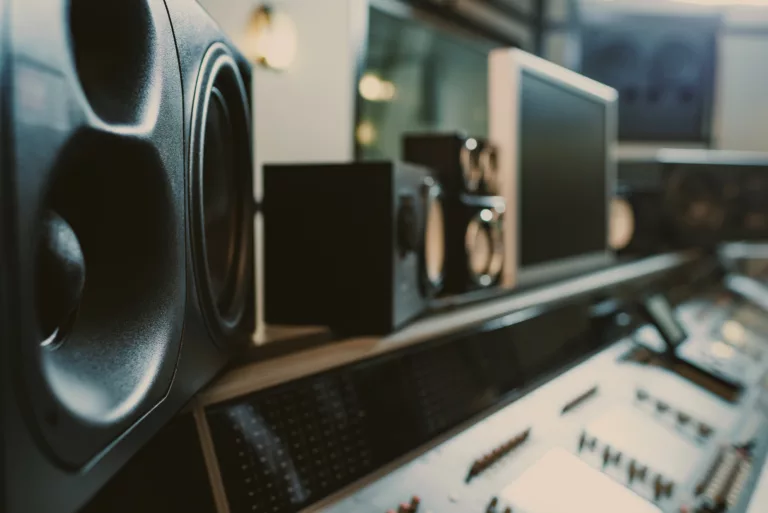
Conclusion
Okay, take a deep breath; you’ve just ingested a dense musical milkshake, and it’s time to digest. Let’s recap, shall we?
-
Analog and Digital Signals: Analog is the wise old sage with a personality as warm as a cup of cocoa on a winter night. Digital is the hip, energetic youngster sprinting through the data fields.
-
Sound Quality Face-Off: Analog takes the cake in fidelity, but is susceptible to noise. Digital offers consistency and scalability but requires some get-to-know time.
-
Future of Signal Technology: Analog is aging like fine wine, while digital is donning a jetpack and aiming for the moon, courtesy of machine learning and AI.
Years ago, I started off with analog setups because that’s what felt right. Then I tried out digital and went through a phase of being a total digital nerd. I’ve swung back and forth like a pendulum. Now? I find myself in a polyamorous relationship with both. But remember, what works for me might not work for you. Personal preferences aside, I’ve been able to produce some killer tracks with both analog and digital setups, and you can too.
So, how do you choose between Analog and Digital? You don’t necessarily have to. Try both. Get your hands dirty with those knobs and sliders. Feel the rush of clicking a mouse and tweaking parameters on a screen. Test the waters, because the “best” signal type is like your favorite chord progression—utterly personal and highly situational.
Wondering where to start your journey? Have a look at our detailed article on Signal Quality Compared: Analog vs Digital. Trust me; it’s a great starting point for all your sonic endeavors.
In the end, it all boils down to what tickles your ears and amplifies your artistry. Life’s too short for musical monogamy. Experiment, explore, and let your ears be the ultimate judge.
So go ahead, make some noise—any type of noise—and make it good. Cheers to your next musical masterpiece! 🎶
Thanks for reading! If you still need help, check out my Free Vocal Presets for Logic Pro X that will get your vocals sounding amazing in no time!!
Mattie
Check Out Our Other Articles!
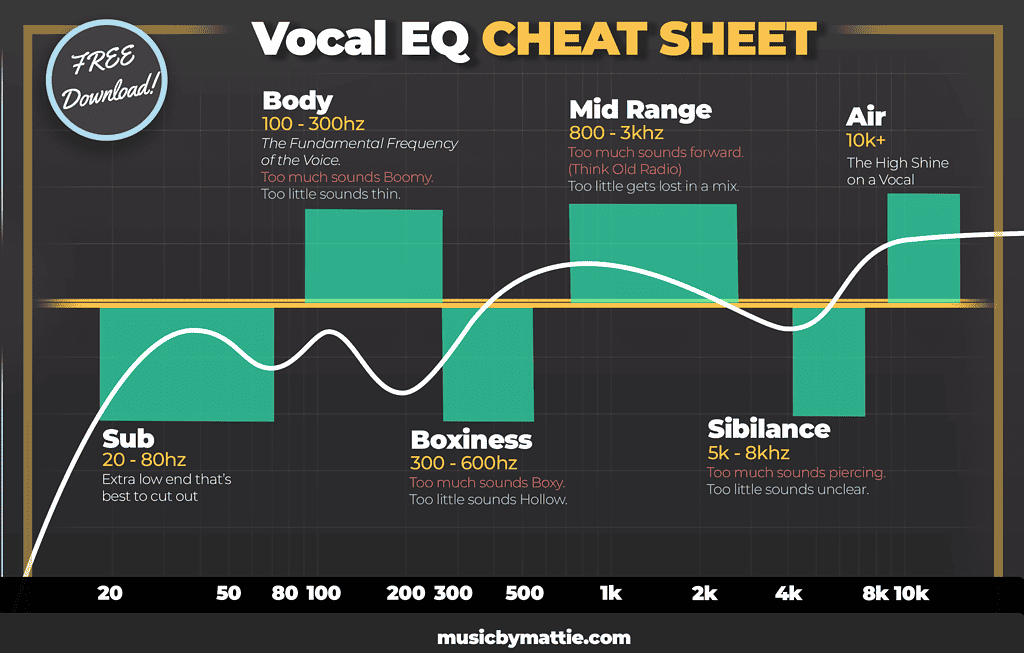
Download our FREE Vocal EQ Cheat Sheet!
Mattie
Post Info
Join "5 Beat Friday"
Every week you'll get 5 beats about the production world. Join the over 5,000+ other producers bettering themselves through 5 Beat Friday!

